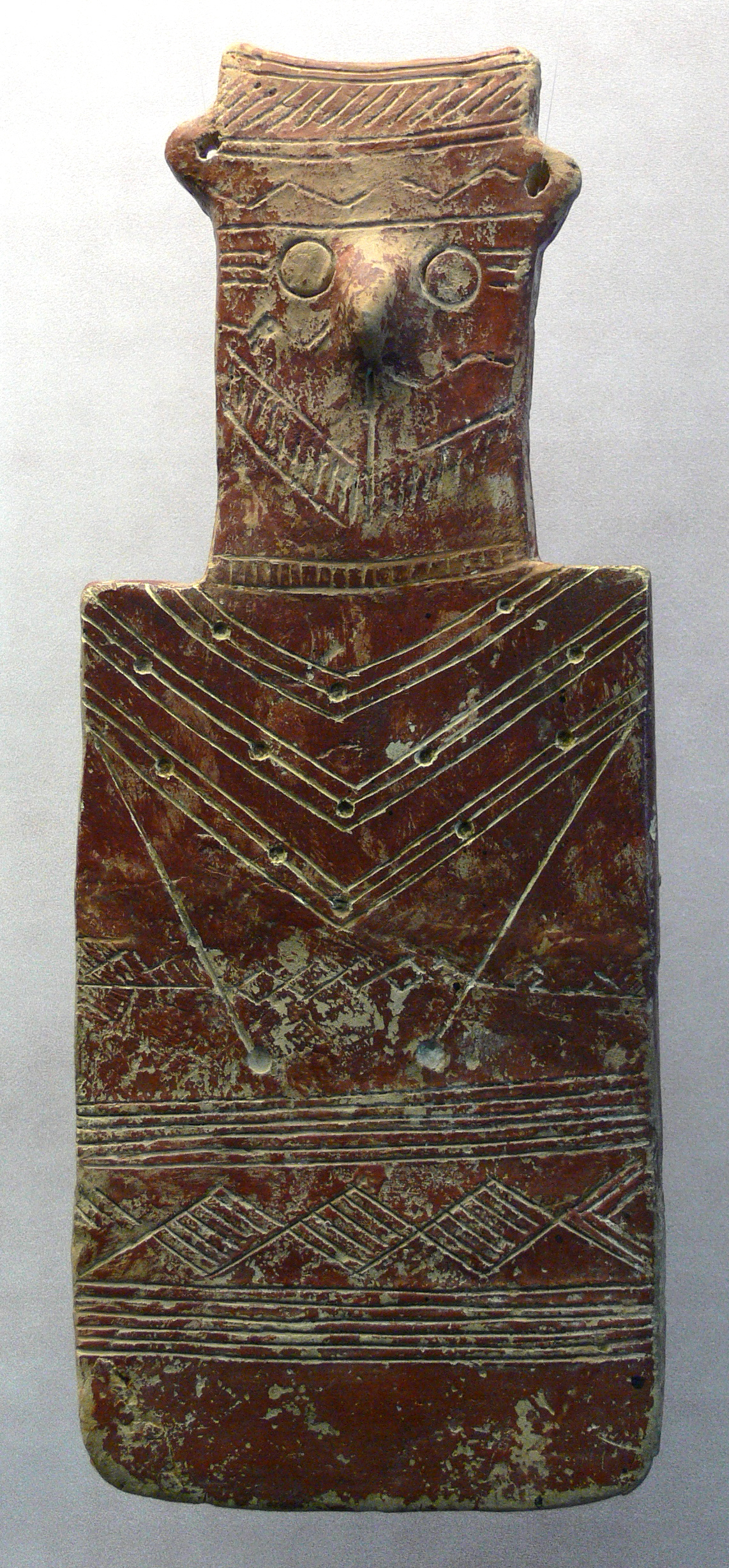|
Red Polished Ware - various types of pottery with a red or terracotta-coloured body.
{{disambiguation ...
Red Polished Ware may refer to several types of ancient pottery with a red or terracotta-coloured body: *El-Badari, Egypt c. 5500-4000 BC *Philia culture, Cyprus c. 2000 BC *Pottery of ancient Cyprus, Cyprus c. 2000 BC * Red Polished Ware (Gujarat), India c. 300 BC-1000 AD * Terra sigillata#Roman red gloss pottery (Samian ware) Rome; not capitalized See also *Redware Redware as a single word is a term for at least two types of pottery of the last few centuries, in Europe and North America. Red ware as two words is a term used for pottery, mostly by archaeologists, found in a very wide range of places. Howeve ... [...More Info...] [...Related Items...] OR: [Wikipedia] [Google] [Baidu] |
Philia Culture
The Philia culture (or Philia group) existed on the island of Cyprus at the start of the Early Bronze Age between 2450 and 2200 BC. It derives its name from a location in Morphou, Cyprus. Characteristics Philia culture marks the transition from the Chalcolithic to the Bronze Age in mid-third millennium Cyprus. It is associated with an initial intrusion into Cyprus of autonomous groups from Anatolia, which later developed a distinct, identifiable Philia cultural system. In the 1990s, pottery and other finds from the excavations at Marki-Alonia provided new evidence for the subsequent evolution of the widespread culture of the Early Cypriot Bronze Age. It has been clarified that, at Marki-Alonia, the Philia phase preceded the Early Cypriote I and II materials. Philia phase sites are primarily found in the western, southwestern and central part of Cyprus. Discovery The culture was first identified by Porphyrios Dikaios in 1942 at Philia (Laksia tou Kasinou) in the Ovgros valley of ... [...More Info...] [...Related Items...] OR: [Wikipedia] [Google] [Baidu] |
El-Badari
El Badari ( ar, البداري) is a town in the Asyut Governorate, Upper Egypt, located between Matmar and Qaw El Kebir. Etymology The older name of the town is ''Berdanis'' ('')'' or ''Badarnos'' (), which Timm derives from '' Anba Darius''. Archeology Main article: Badarian Culture El Badari contains an archaeological site with numerous Predynastic cemeteries (notably Mostagedda, Deir Tasa and the cemetery of El Badari itself), as well as at least one early Predynastic settlement at Hammamia. The area stretches for along the east bank of the Nile, and was first excavated by Guy Brunton Guy Brunton (1878 in London, England – 17 October 1948 in White River, Mpumalanga, South Africa) was an English archaeologist and Egyptologist who discovered the Badarian predynastic culture. He married Winifred Newberry on 28 April 1906. ... and Gertrude Caton-Thompson between 1922 and 1931. The finds from El Badari form the original basis for the Badarian culture (c. ... [...More Info...] [...Related Items...] OR: [Wikipedia] [Google] [Baidu] |
Pottery Of Ancient Cyprus
The pottery of ancient Cyprus starts during the Neolithic period. Throughout the ages, Cypriot ceramics demonstrate many connections with cultures from around the Mediterranean. During the Early and Middle Bronze Ages, it is especially imaginative in shape and decoration. There are also many early terracotta figurines that were produced depicting female figures. The typo-chronology of Cypriot pottery for the Iron Age was established by Einar Gjerstad based on material excavated by the Swedish Cyprus Expedition. Gjerstad divided the Iron Age into three periods, the Cypro-Geometric (1050-750 BC), the Cypro-Archaic (750-480 BC) and the Cypro-Classical (480-310 BC), which are in turn subdivided, the CG I-III, the CA I-II and the CC I-II, each period corresponds to one pottery Type, with a total of seven, Types I-VII. The exact dates of the chronology of Gjerstad have been slightly revised following more current research. The typochronology is explained in his main work ''Swedish Cyprus ... [...More Info...] [...Related Items...] OR: [Wikipedia] [Google] [Baidu] |
Pottery In The Indian Subcontinent
Pottery in the Indian subcontinent has an ancient history and is one of the most tangible and iconic elements of Indian art. Evidence of pottery has been found in the early settlements of Lahuradewa and later the Indus Valley Civilisation. Today, it is a cultural art that is still practiced extensively in Indian subcontinent. Until recent times all Indian pottery has been earthenware, including terracotta. Early glazed ceramics were used for making beads, seals, bangles during Neolithic period but these glazes were very rarely used on pottery. Hindu traditions historically discouraged the use of pottery for eating off, while large matki jars for the storage of water or other things form the largest part of traditional Indian pottery, as well as objects such as lamps. Small simple kulhar cups, and also oil lamps, that are disposable after a single use remain common. Today, pottery thrives as an art form in India. Various platforms, including potters' markets and online pottery ... [...More Info...] [...Related Items...] OR: [Wikipedia] [Google] [Baidu] |
Terra Sigillata
Terra sigillata is a term with at least three distinct meanings: as a description of medieval medicinal earth; in archaeology, as a general term for some of the fine red Ancient Roman pottery with glossy surface slips made in specific areas of the Roman Empire; and more recently, as a description of a contemporary studio pottery technique supposedly inspired by ancient pottery. Usually roughly translated as 'sealed earth', the meaning of 'terra sigillata' is 'clay bearing little images' (Latin ''sigilla''), not 'clay with a sealed (impervious) surface'. The archaeological term is applied, however, to plain-surfaced pots as well as those decorated with figures in relief. Terra sigillata as an archaeological term refers chiefly to a specific type of plain and decorated tableware made in Italy and in Gaul (France and the Rhineland) during the Roman Empire. These vessels have glossy surface slips ranging from a soft lustre to a brilliant glaze-like shine, in a characteristic colou ... [...More Info...] [...Related Items...] OR: [Wikipedia] [Google] [Baidu] |



